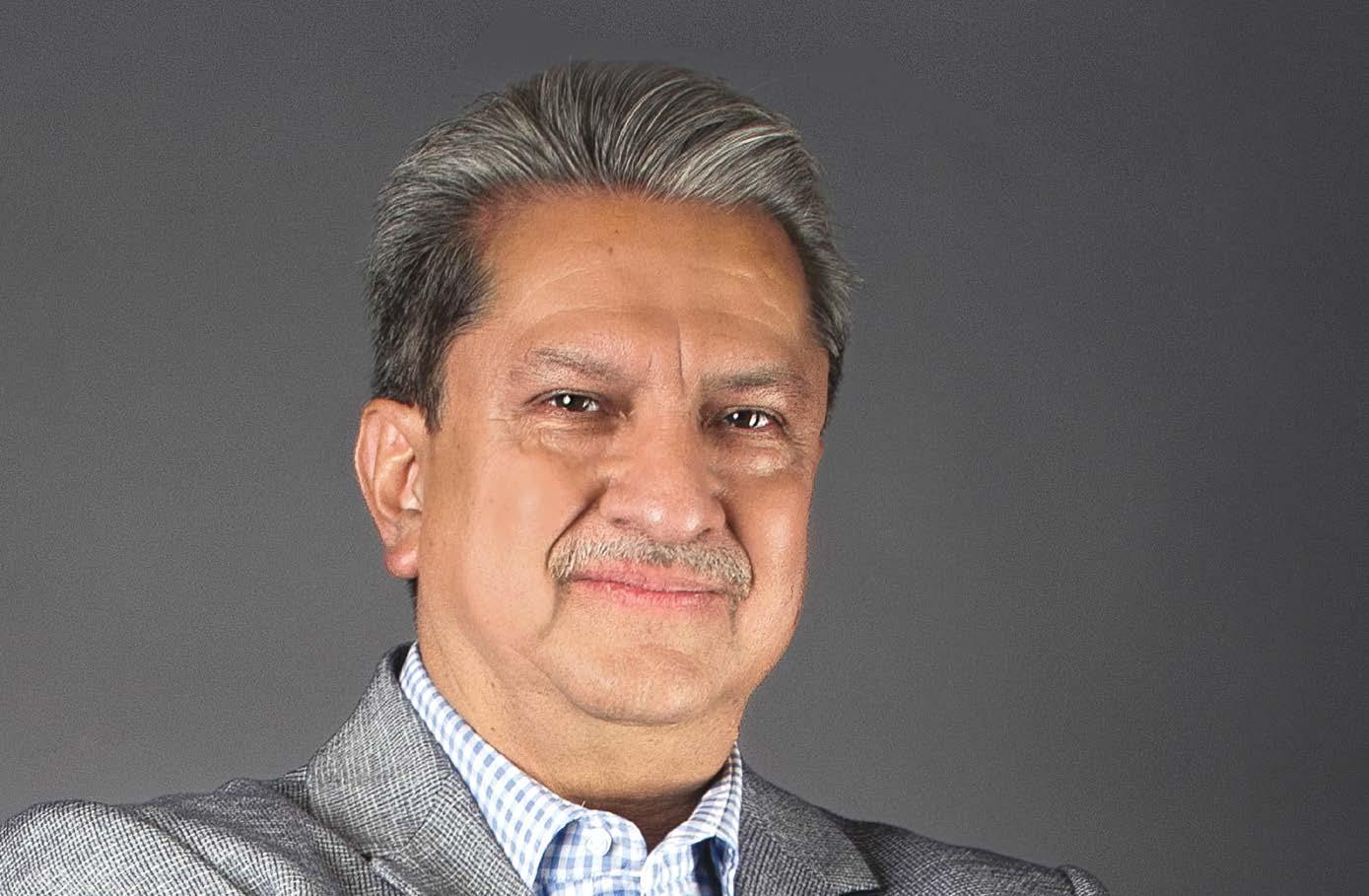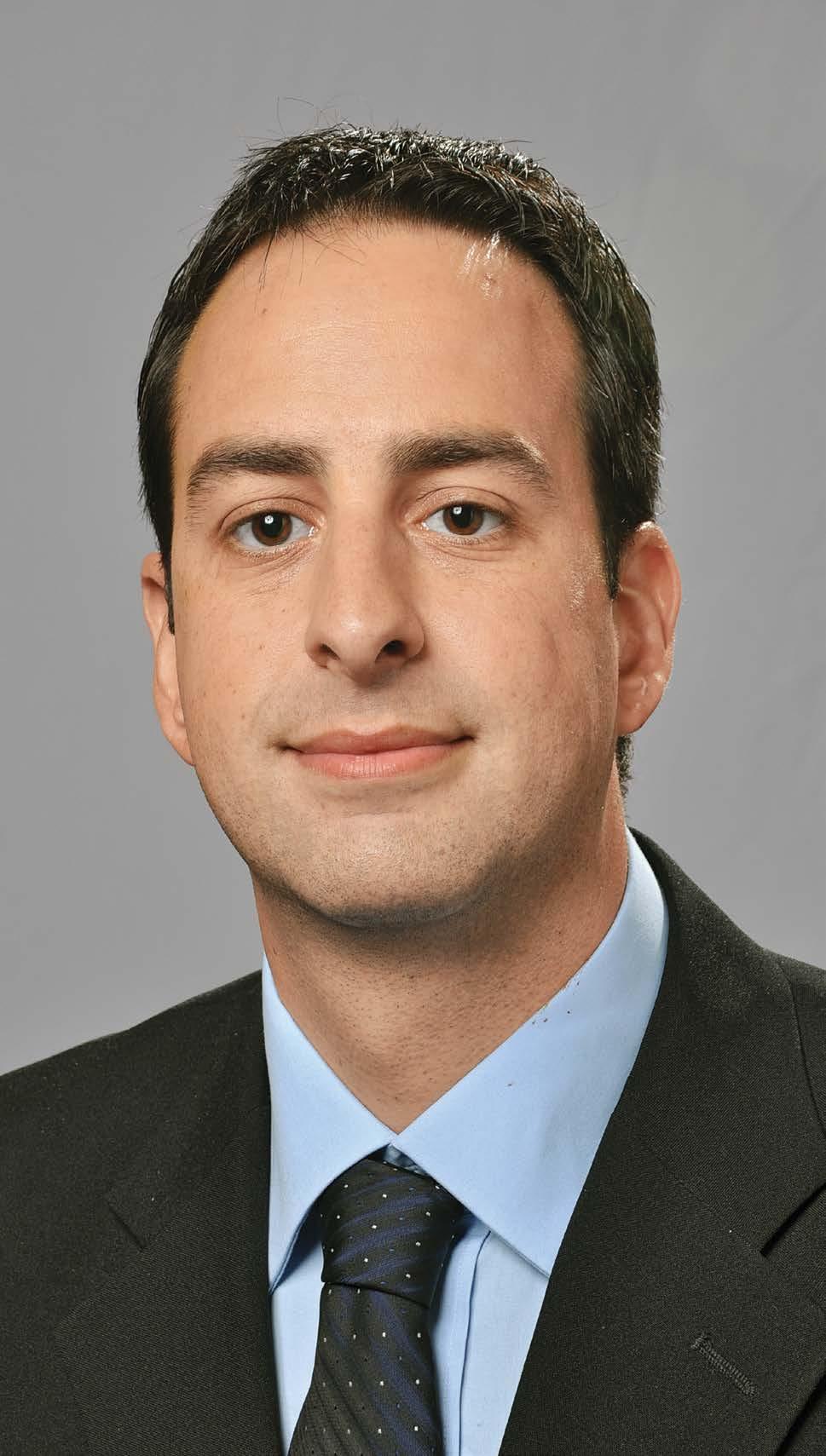
2 minute read
The Knowledge Dilemma
Antonio Salem Gómez Founder | S&A Aeronautical Consulting Group
The Mexican aeronautical authority (AFAC) is making a great effort to recover the Category 1 (Cat. 1) status on the International Aviation Safety Assessment (IASA) program, audited by the US Federal Aviation Administration (FAA). Some of the findings are related to changes in regulations and others to required investment, specifically in personnel. There is no question that eventually Mexico will “pass” and recover Cat. 1 but let us look at one issue that is difficult to comply with: the knowledge of personnel. For this purpose, I refer to knowledge as those capabilities and skills needed to make high-level decisions, correctly apply criteria and having a background of information that allows you to go further than just follow a checklist.
Besides Cat. 1 recovery, the knowledge required of AFAC personnel who make rules, audit and oversee operations in our country is far beyond that obtained through some training courses or the fact of having “some” professional experience.To correctly carry out AFAC’s responsibilities requires a full understanding of rules and also of the reasons why they were issued. There are scenarios where someone appears to be complying with the rules but, in fact, they are creating the risk of an accident. Also, this knowledge implies that ability to figure out real situations and not just what is shown in an audit environment. An experienced auditor can identify half truths or lies.
There is no doubt that AFAC has a number of personnel who have this knowledge, but there is also a large group of them who do not. The question is, how will AFAC acquire this knowledge? We can look to the US and European Union aeronautical authorities as good examples. They have few people in relation to their fleet size, but those people are well prepared, very skilled, with a great deal of experience in the organization’s operation and with high salaries. How do they manage large fleets? With the help of a group of people with the same characteristics but who do not work within the authority itself. They are individuals or companies that are “designated.”
In the US, for example, there are Designated Airworthiness Representatives (DARs) that perform inspections, issue Airworthiness Certificates and conduct other activities on behalf of the FAA. There are also Designated Engineering Representatives (DERs) that process Supplemental Type Certificates (STC), modifications and others, also on behalf of the FAA. The FAA may appoint as many DARs and DERs as needed and where required. It is not easy to get such a designation. The aforementioned knowledge must be fully demonstrated as well as an honest professional trajectory.
DAR or DER services are not cheap but they earn every penny. Certainly, operators can go directly to the FAA for these documents but due to the limited resources, it would take a long time. Designation from the FAA also does not mean a blank check. There is close oversight of designees to prevent mistakes or corruption. Constant training and updating on new, clarified or changed rules also avoid misunderstandings. To keep a designation is not easy.
It may not be the perfect solution, but it has worked well for the US and Europe for many years. Can it be applied in Mexico?, I think so, although the law would require changes to implement similar figures.










